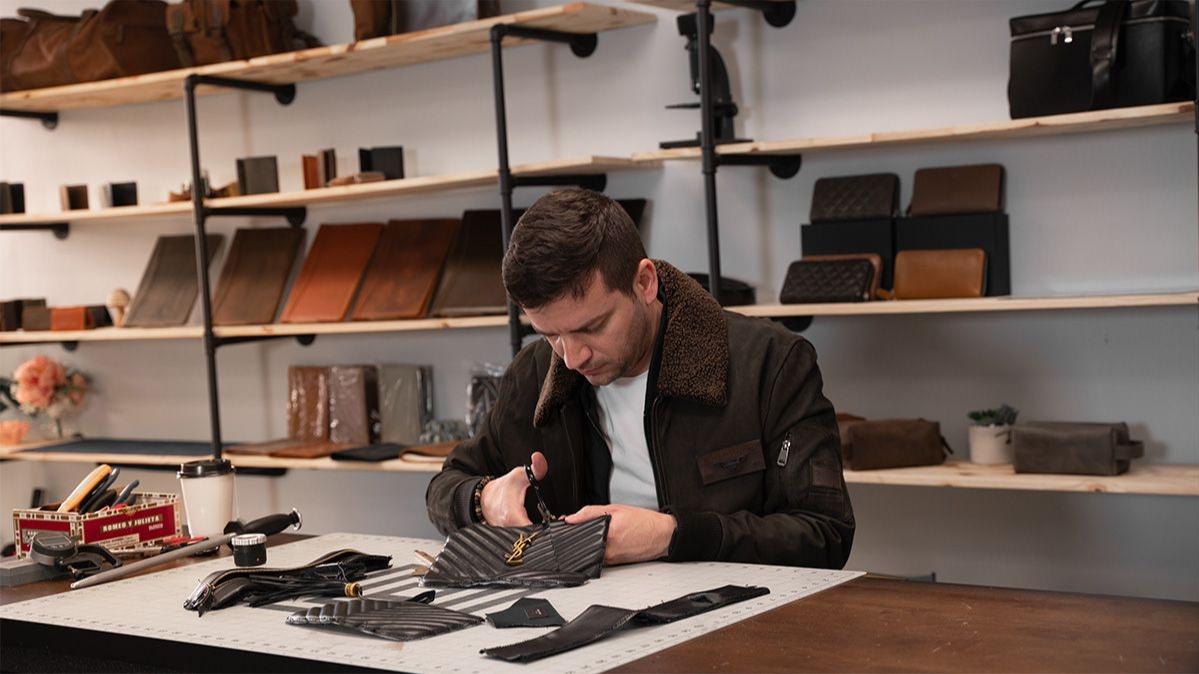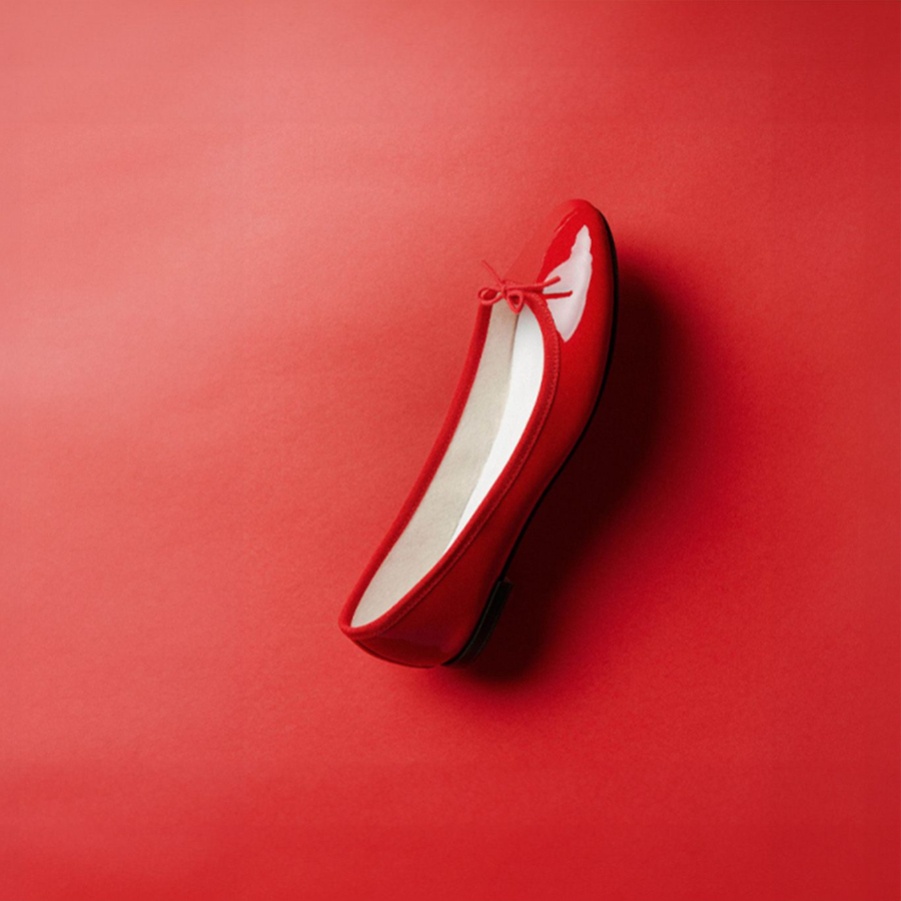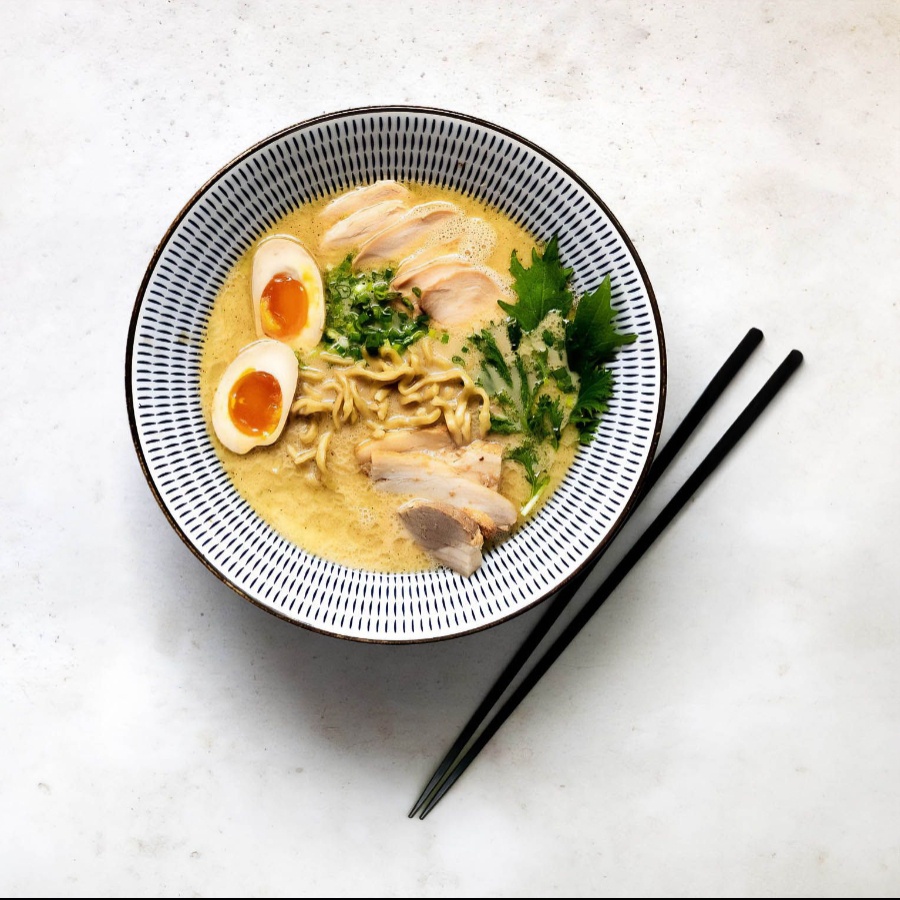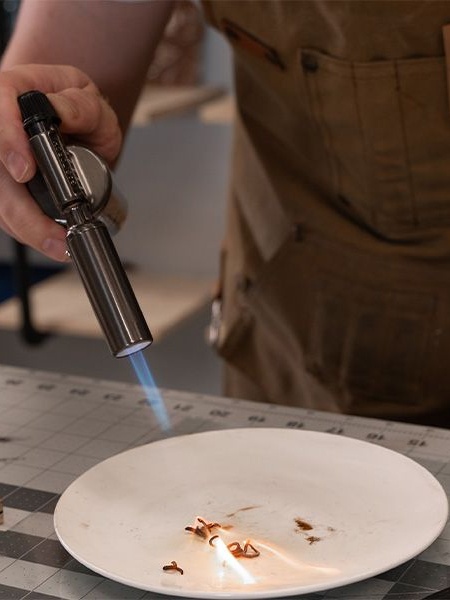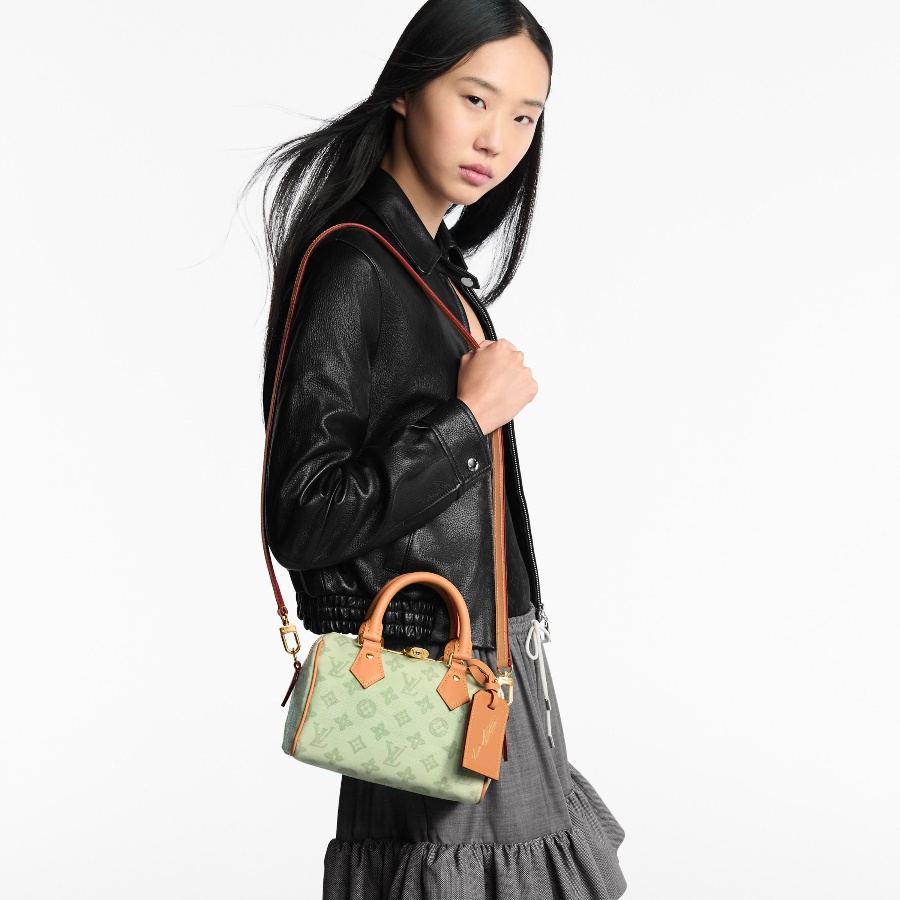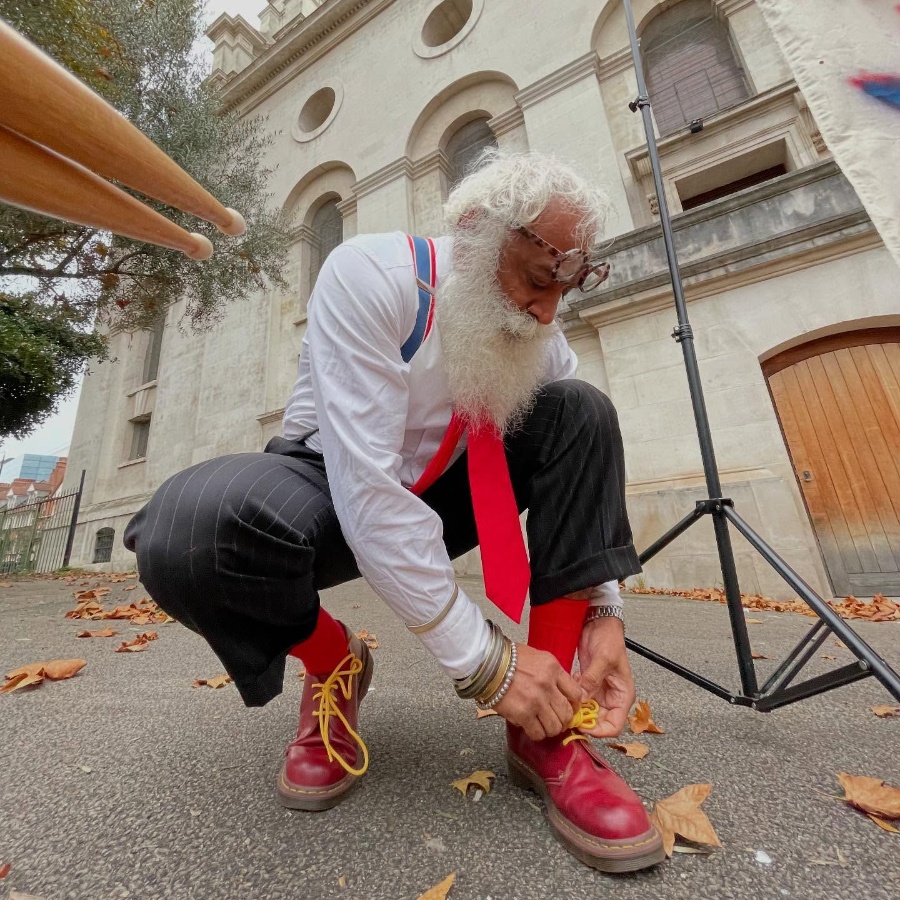Even if you aren’t someone who’s into leather goods or fashion in general, there’s a good chance you’ve come across one of Tanner Leatherstein’s videos on social media where he dissects bags from top-tier brands: cutting open stitches, pulling apart panels, pouring acetone onto the leather and scraping away the top layer. “Is Jacquemus worth it?” he asks, and then out come the scissors. He begins ripping the Insta-famous candy-coloured Le Chiquito mini bag with the enthusiasm of a kid in a candy store. The shock value makes it almost impossible to skip, but it’s clear in a few seconds that’s not the only reason his videos are so popular.
You might wonder: who in their right mind would butcher a perfectly good bag that costs hundreds or thousands of dollars? But after ripping up your favourite piece, Leatherstein proceeds to explain what he thinks of the leather quality, the finish, the hardware, and the big reveal at the end of the video: if you overpaid. His cost estimate could be US$250, while what you’ve paid is probably close to US$4,500. And you can tell he’s an expert in leather and craftsmanship who knows what he’s talking about.
Tanner Leatherstein, whose real name is Volkan Yilmaz, began posting ‘leathertainment’ videos in 2021. For years, his friends had turned to him to find out if their leather purchases were worth the price (he was born into the leather business and has spent his life gathering a wealth of experience in the industry). By breaking down how much it costs to make these bags, he hopes to help more people understand and experience leather better. “People think, ‘oh good leather must be US$3,000’, which I know is not the case. I want to show them that there is missing information here that’s making people a little nervous about shopping and understanding the quality of leather,” he tells me over a video call from his base in Dallas, Texas, dressed in his signature black t-shirt. The estimates calculate only tangible costs such as the price of the leather, hardware, and labour. Intangible expenses such as store rent, marketing, and all the money that is spent on creating the illusion of luxury are not included.
Leatherstein grew up on a family-owned tannery in Turkey and remembers being involved in its workings as early as the age of 11. “It was a magical thing for me to experience. Seeing the dirty, bloody, ugly rawhide turn into a beautiful fabric was like alchemy and it just captivated me.” In 2009, he moved to the US and worked as an Uber driver before going back to school and getting an MBA. After spending a year in a cushy job in management consulting in Chicago, in 2017, he decided to pursue his real passion and started his own accessory brand, Pegai.
At the time of this interview, he has amassed more than 6,54,000 followers on Instagram, dissecting bags from brands including Chanel, Louis Vuitton, Saint Laurent, Goyard, Chloé, and more. His TikTok account has racked up more than 10.6 million likes and above 9,66,000 followers. The comments sections are full of requests to take apart bags from various brands, both big and small. The hit list has more than 900 names.

A Saint Laurent Lou camera bag he reviewed for a video
In the last year itself, he has cut up bags that are easily worth more than US$50,000 (₹41,71,552) at retail. Many of these are bags he has paid for out of his own pocket. I ask him if it hurts to chop up bags worth so much in great condition. “I definitely felt a little uncomfortable spending so much money just to cut them up,” he admits. But the feedback he gets from viewers who say his work has helped them make better decisions, coupled with everything he learns while making this content, is what motivates him to keep creating more.
Since going viral, Leatherstein has even been approached by brands who submit their bags for an honest, unbiased review. For this, he started a series called The Chopping Block. “There was an overwhelming interest, especially from smaller and newer brands,” he says. Viewers were also invited to submit leather goods for dissection in exchange for a Pegai product in a series he called the Leather Bureau of Investigation (LBI). It shouldn’t come as a surprise that both programmes were put on hold as the response was massive.
“There are a lot of companies who are willing to spend a lot more than US$50,000 to grow a following. I don’t have a direct income from this content, I don’t take advertising deals or sponsorships at this point. It’s still worth it because people start trusting my expertise and name in the leather space and then they find my brand,” he says. “It ended up being the best marketing campaign for Pegai indirectly.”
